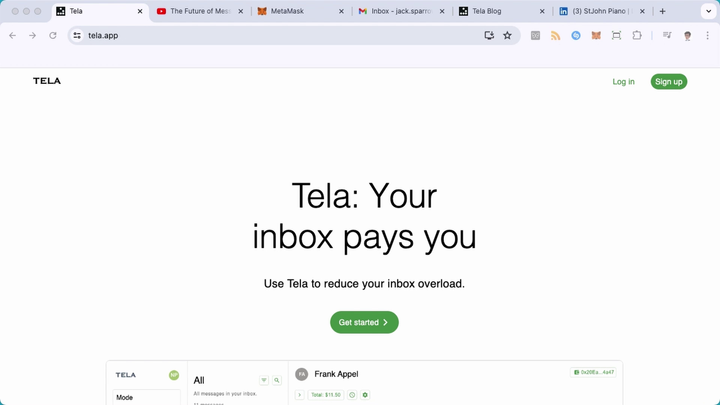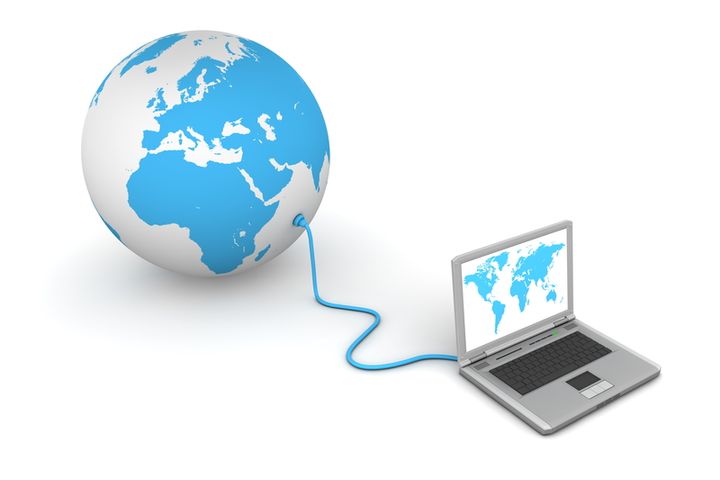Tela in one minute: The Attention Standard
Tela in one sentence: Tela is a messaging app for people whose time is important.

Tela in one sentence: Time
Tela is a messaging app for people whose time is important.
Tela in one minute: The Attention Standard
We live today on the attention standard.
Attention is the scarcest thing we have. We can print money, but we can't print attention.
Tela is a messaging app for people whose attention is important.
Most social apps don't pay you anything for your attention. They expect you to give it to them for free.
If you're a busy professional, and you're responding to messages in your inbox, then the social app is making money from your attention, and you are not.
On Tela, the money goes directly to you, the receiver of the message. Tela lets you charge for your attention.
You set your price, and everyone who wants to message you has to pay it up front.
A fee per message eliminates spam.
Even more importantly, it encourages high-quality communication.
A Tela account is free. There is no charge. No subscription. Tela's business model is to charge a small additional message fee.
Every second, we produce an tremendous amount of information.
But we cannot produce more attention.
We must protect the attention that we have.
Tela in two minutes: Growth Paths
Tela is a messaging app for people whose time is important.
It's a productivity tool. You can use it to charge for consulting, it protects your attention, and it eliminates spam.
To explain it, let's start from something that everyone is used to: LinkedIn.
LinkedIn has a Premium subscription offering, where a user pays $30 per month for the ability to message 5 people outside their network.
But there's something important here: The money all goes to LinkedIn.
If you're a busy professional, and you receive messages from people who want you to pay attention to something, LinkedIn is getting paid and you are not.
Attention is the scarcest thing we have. We can print money, but we can't print attention. We live today on the attention standard.
Tela is designed around this idea: The attention standard is the key to our world.
On Tela, the money goes to the receiver of the message.
You set your price, and everyone who wants to message you has to pay it up front.
There is no charge for having a Tela account. It's free.
Tela receives a part of the message payment. That's the business model. Sending a message has a cost, but receiving a message is free.
Tela's fundamental focus is to help you manage access to your attention.
What are the growth paths that we can see for Tela ?
Well, there are several groups of people that would immediately benefit from using Tela. These are our growth markets.
- Investors are busy and receive a lot of messages, often from people who are not serious. We've talked to a lot of startup CEOs and we've heard repeatedly that they are happy to pay to get in direct contact with potential investors. In fact, they already do indirectly, by paying for conference tickets, for example. We think that Tela can become the main channel that investors use to gate their attention.
- Content creators can monetize their content immediately by including a Tela contact link in their product. It's the single easiest step for a content creator to take.
- Consultants of every kind will now have a new option that they can offer: Advice via paid messages on Tela. 30-minute video calls are necessary for more complex problems, but many questions from clients are simple and can be answered easily and efficiently with a message.


